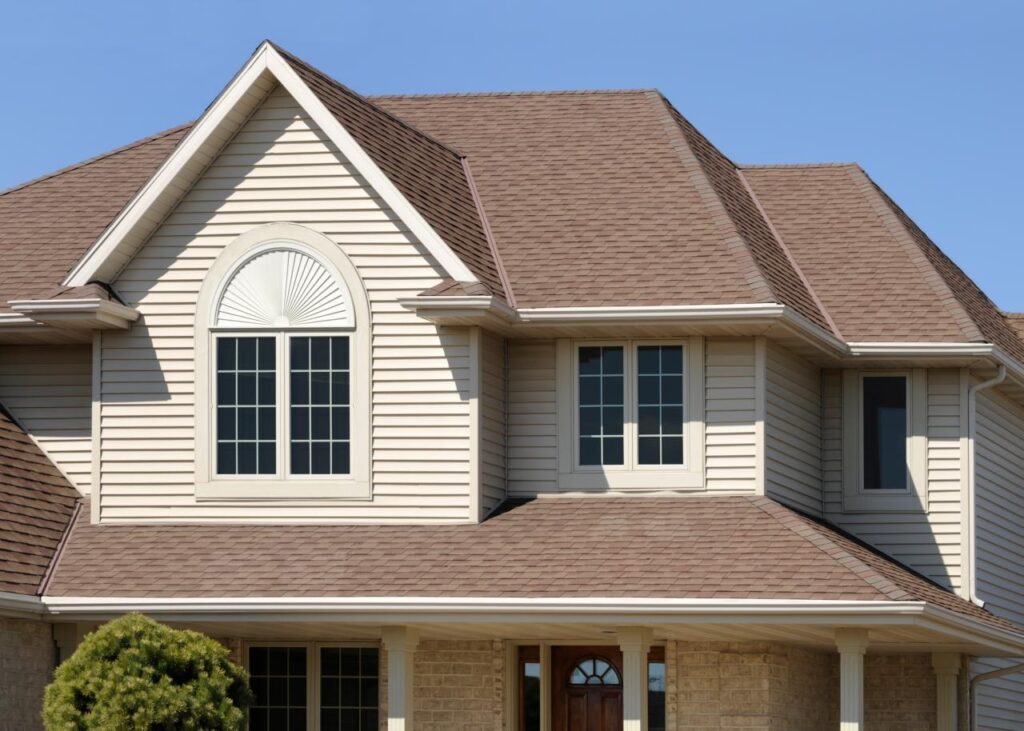An exterior contractor plays a crucial role in home improvement, providing specialized services that enhance both the aesthetics and functionality of a home. When it comes to upgrading the exterior of a house, whether it is a full renovation or minor repairs, these professionals bring the expertise needed to transform a property’s curb appeal and structural integrity. From roofing to siding, windows, and outdoor spaces, an exterior contractor is essential for ensuring that all aspects of a home’s exterior are properly installed, maintained, and in compliance with building codes. One of the primary reasons an exterior contractor is essential is their expertise in managing complex tasks. They have the necessary knowledge to handle various materials, such as wood, brick, vinyl, and stone, ensuring they are used effectively for the intended purpose. Whether replacing a roof or installing new windows, they understand the specifics of each material and its durability, ensuring the work is done to last. This expertise also extends to design choices, helping homeowners select colors, textures, and styles that complement the rest of the property, ultimately improving curb appeal and increasing the home’s value.

Improper installation of roofing or siding, for example, can lead to costly repairs down the road and pose significant risks to the safety of the home. A qualified exterior contractor ensures that all installations are done correctly and securely, minimizing the chances of water leaks, drafts, or other issues that could damage the home. They also stay up to date with local building codes and regulations, making sure that the improvements meet legal standards and avoid potential fines or delays. Furthermore, an exterior contractor is an essential part of the home improvement process because they provide invaluable project management skills. Home improvement projects often involve multiple steps and various subcontractors, from electricians to landscapers. An experienced exterior contractor can coordinate all aspects of the project, ensuring that each phase is completed on time and within budget. They also handle permits and inspections, alleviating the stress and confusion that homeowners might face when navigating the complexities of home improvement projects.
Another key factor is the ability of an exterior contractor to address structural and safety concerns. The financial benefits of hiring an exterior contractor cannot be overstated either. While it might seem like a DIY approach could save money, a poorly executed exterior project can lead to more significant issues, which could end up costing more in repairs. Contractors offer warranties on their work, providing peace of mind for homeowners who want assurance that the work will be done properly and that any issues that arise will be addressed at no additional cost. Additionally, they can often secure discounts on materials through their established relationships with suppliers, potentially lowering the overall cost of the project and visit now https://www.e-architect.com/articles/home-high-performance-siding. An exterior contractor is an essential part of home improvement due to their specialized skills, ability to ensure safety and compliance, project management capabilities, and financial advantages. By relying on their expertise, homeowners can confidently improve their homes, enhancing both the aesthetic appeal and structural integrity of their properties. Whether for minor repairs or major renovations, hiring an exterior contractor is a smart investment in the long-term value and durability of a home.